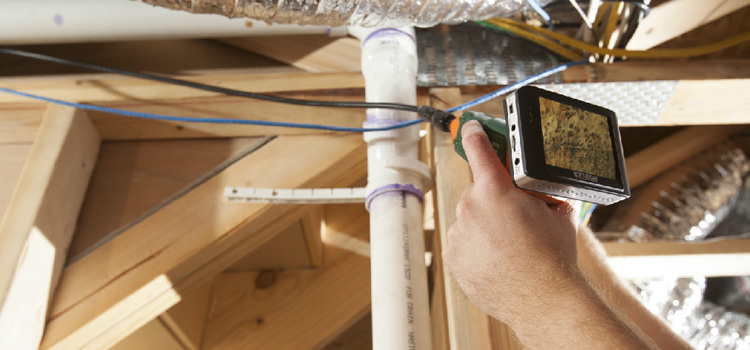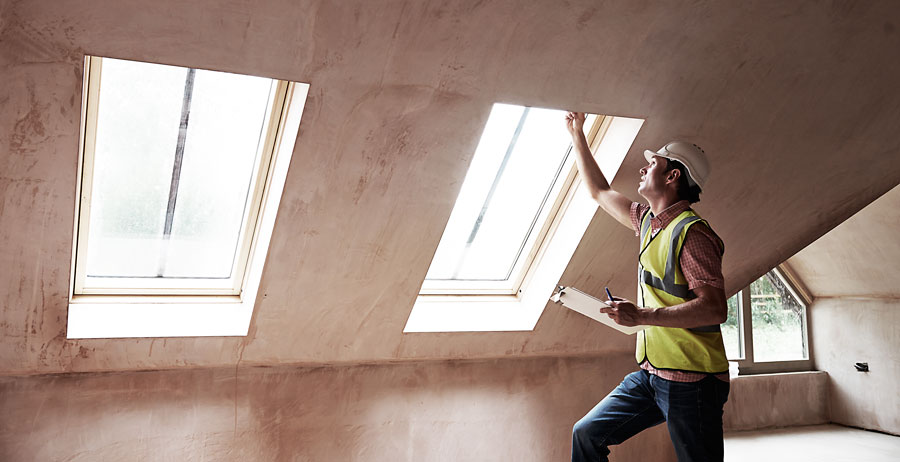Professional Tips for Post Mold And Mildew Removal Success
In the realm of mold and mildew remediation, efficiently removing mold is only half the fight; the true challenge depends on stopping its reappearance. Post-remediation initiatives play an important function in ensuring a mold-free environment in the long term. By adhering to experienced ideas and ideal practices, individuals can secure their areas versus mold revival and preserve a healthy interior atmosphere. It is in this stage of the remediation process that interest to detail and positive steps really make a difference.
Display Moisture Levels On A Regular Basis
Routine surveillance of humidity degrees is vital in making sure the performance of post mold and mildew removal efforts. After completing mold remediation treatments, preserving ideal humidity levels is crucial to protect against mold re-growth and ensure a healthy and balanced interior setting. Monitoring moisture levels permits very early discovery of any type of spikes or changes that might potentially bring about mold and mildew rebirth. High humidity levels over 60% develop a favorable environment for mold to flourish, making normal keeping track of an aggressive action to avoid any future mold concerns - After mold remediation.
Making use of hygrometers or wetness meters can aid in properly measuring moisture levels in different locations of the residential property. These tools provide real-time data that enables remediation professionals to make informed decisions regarding ventilation, dehumidification, and other required actions to maintain excellent humidity levels post-remediation. In addition, establishing a regular schedule for humidity checks, specifically in risky areas such as cellars, cooking areas, and bathrooms, is a proactive approach to mold prevention. By regularly keeping an eye on moisture levels, homeowner can successfully alleviate the threat of mold reoccurrence and maintain a healthy indoor environment post-remediation.
Conduct Thorough Inspections Post-Remediation
Complying with the completion of mold removal treatments, it is critical to perform detailed evaluations to confirm the effectiveness of the removal process. These post-remediation examinations are critical in making sure that the mold concern has actually been effectively dealt with which there is no reoccurrence or remaining mold and mildew growth. Assessments need to be brought out by certified experts who have know-how in identifying mold and mildew and analyzing interior air high quality.
Throughout these inspections, numerous methods such as aesthetic analyses, air tasting, and surface area sampling may be employed to extensively review the remediated areas. Aesthetic assessments involve a detailed assessment of the facilities to check for any noticeable indications of mold and mildew growth or water damage. Air tasting aids in figuring out the airborne mold spore levels, while surface area sampling can detect mold particles on surface areas.
Implement Proper Ventilation Methods
After making sure the performance of the mold removal process through extensive inspections, the next essential step is to concentrate on carrying out proper ventilation techniques. Sufficient air flow is important in avoiding mold reoccurrence by regulating moisture levels and promoting air circulation.
Correct air flow not just aids in avoiding mold and mildew growth but likewise contributes to the total health and comfort of owners. By ensuring ample ventilation throughout the residential or commercial property, you can decrease the threat of mold and mildew regrowth and produce a healthier living environment.

Use Mold-Resistant Materials for Services
To boost the long-term effectiveness of mold and mildew remediation initiatives, incorporating mold-resistant materials for repair services is vital in minimizing the risk of future mold growth. Mold-resistant materials are made to withstand wetness and inhibit mold and mildew development, making them a necessary choice for areas prone to dampness and moisture. When fixing areas affected by mold, making use of products such as mold-resistant drywall, mold-resistant paints, and mold-resistant caulking can help stop mold reoccurrence.
Mold-resistant drywall is an outstanding alternative to traditional drywall in locations like basements and bathrooms where dampness levels are higher. When exposed to damp conditions, this type of drywall has an unique layer that withstands mold growth even. Furthermore, using mold-resistant paints including antimicrobial agents can additionally prevent mold and mildew development on wall surfaces and ceilings.
In locations where wetness is usual, such as cooking areas and restrooms, using mold-resistant caulking around sinks, home windows, and tubs can assist seal out water and avoid mold and mildew from taking hold in cracks and holes. By purchasing these mold-resistant you could try these out materials during fixings post-remediation, you can significantly lower the probability of future mold problems and maintain a healthier indoor setting.
Maintain Cleanliness and Address Water Issues
Making certain cleanliness and without delay resolving water concerns are fundamental techniques to support in protecting indoor areas from mold and mildew reinfestation. After mold and mildew removal, it is critical to keep a tidy setting to avoid the regrowth of mold and mildew (Post Remediation verification). Routine cleansing, dusting, and vacuuming can assist remove any type of sticking around mold spores and stop them from resolving and proliferating. In addition, keeping interior areas completely dry and dealing with any kind of water concerns without delay is essential in mold prevention. Leakages, water invasion, or high humidity levels can develop the excellent breeding ground for mold and mildew, so it is important to deal with any water-related issues right away.
To preserve cleanliness, think about utilizing HEPA filters in vacuums and air cleansers to trap mold and mildew spores and prevent their flow in the air. Making certain proper air flow in areas susceptible to moisture buildup, such as washrooms and kitchen areas, can a knockout post aid keep moisture levels in check. By remaining cautious about cleanliness and attending to water concerns immediately, you can properly protect against mold and mildew reinfestation and keep a healthy interior setting.
Final Thought

In the realm of mold and mildew removal, successfully removing mold and mildew is only half the fight; the true challenge exists in avoiding its reappearance. After completing mold and mildew remediation procedures, preserving optimal humidity levels is essential to protect against mold and mildew re-growth and make sure a healthy interior atmosphere. High moisture degrees above 60% produce a conducive environment for mold to prosper, making normal keeping track of her latest blog an aggressive action to protect against any type of future mold and mildew problems.
To boost the long-lasting effectiveness of mold remediation efforts, including mold-resistant products for repair services is critical in alleviating the danger of future mold development. After mold remediation, it is crucial to maintain a tidy atmosphere to protect against the regrowth of mold.